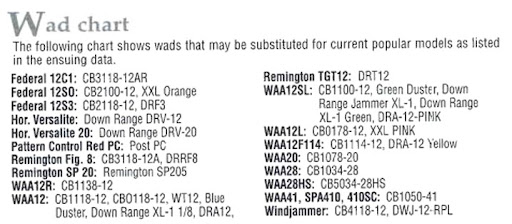
Reference a Range Across Multiple Columns NOTE: If a formula is placed in the column it's referencing, it won't reference the cell that the formula is in. For example, if you were to place the example formula above in a column named Annual Budget, the SUM formula would sum all cells except for the cell containing the formula. For example, the following formula sums all values in the Annual Budget column and will remain updated as new rows are added to or removed from the column: You can reference an entire column in a formula, including all populated cells in the column. The formula returns $40,763.75, the total of all inventory values:

To reference a range of cells, type a : (colon) between the two cell references.įor example, the formula at the bottom of the Inventory Value column of the following inventory management sheet will sum the values from row 1 to row 6 in the same column: =$1 * $1 Reference a Range of Cells in the Same Column If you move or copy the formula, the row numbers will change respectively based on the formula’s new location: The following formula will maintain absolute references to the columns. If you move or copy the formula, the column references will change respectively based on the formula’s new location: The following formula has absolute references to only the row numbers. For example, if you move or copy the following formula, the column names and row numbers will not change for the cell references: To create an absolute reference, type $ (a dollar sign) in front of the column name or row number in the cell reference of your formula. (You can find details on the VLOOKUP function in the Function Reference article.) To do this, create an absolute cell reference. You may have situations, such as when referencing a table with the VLOOKUP function, where you need to prevent Smartsheet from automatically updating cell references when a formula is moved or copied. If a column name contains spaces or contains any special characters or numbers, you must enclose it in brackets to avoid ambiguity: Reference Column Names that Have Spaces or End in Numbers The formula returns $2,994.00, the total worth of that item: (You can also manually type the column name and row number to reference the cell.)įor example, the formula in the Inventory Value column of the following inventory management sheet will multiply the value from row 1 of the Price column to the value in row 1 of the Stock column: While building your formula, you can select a cell to reference it and work with that cell’s data in your formula. More Detailed Description of Reference Types Reference Individual Cells Type the name of a previously created reference to another sheet, wrapped in curly braces. Reference the upper-rightmost cell, then the lower-leftmost cell, seperated by a : (colon).Īn individual cell, range of cells, or complete columns from another sheet The column name separated by a : (colon). Reference the first cell in the range, then the last cell, separated by a :(colon).Īn entire column (including any newly added cells)

Type a $ symbol in front of the column name, row number or both. To reference thisĬolumn name contains a space or ends in a numberĪbsolute reference (always refers to that specific cell, row, or column) Here’s a cheat sheet you can use as you build formulas of your own. For information on referencing data from other sheets, see Formulas: Reference Data from Other Sheets. It's also possible to reference data from other sheets. You can create a reference to an individual cell, a range of cells, or an entire column. You do this with cell or column references. When you create formulas, it's possible to include values from other cells or columns on the sheet.


 0 kommentar(er)
0 kommentar(er)
